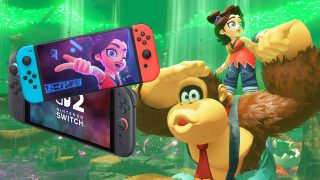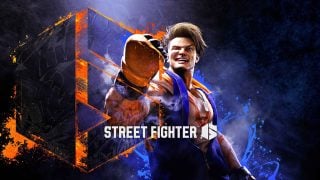Sabotage Studio is on a mission to modernize some of the oldest genres known to gaming and their take on the turn-based RPG, Sea of Stars, is a delightfully modern interpretation of the genre that manages to keep things fresh even when it’s clearly been inspired by many of the great RPGs of the past several decades.
Story
Sea of Stars follows two Children of the Solstice, Valere and Zale, as they travel the world in an attempt to master their powers of the moon and the sun, respectively, in order to perform Eclipse Magic and take down evil beings that serve a villain known as the Fleshmancer. The story spans several islands of Valere and Zale’s world, where they’ll come across powerful new friends to help them take on these powerful foes. Sea of Stars is chock-full of fun twists or interesting takes on classic RPG tropes that kept it fresh well into the story. There are plenty of surprises in store for players to experience, several of which helped Sea of Stars dig its hooks even deeper into me as I progressed. Originality is also found just about everywhere you look in both the gameplay and the story, and it’s clear that while Sea of Stars is inspired by the plethora of turn-based RPGs that forged the genre into what it’s revered as today, it is far more than just an homage to days gone by.
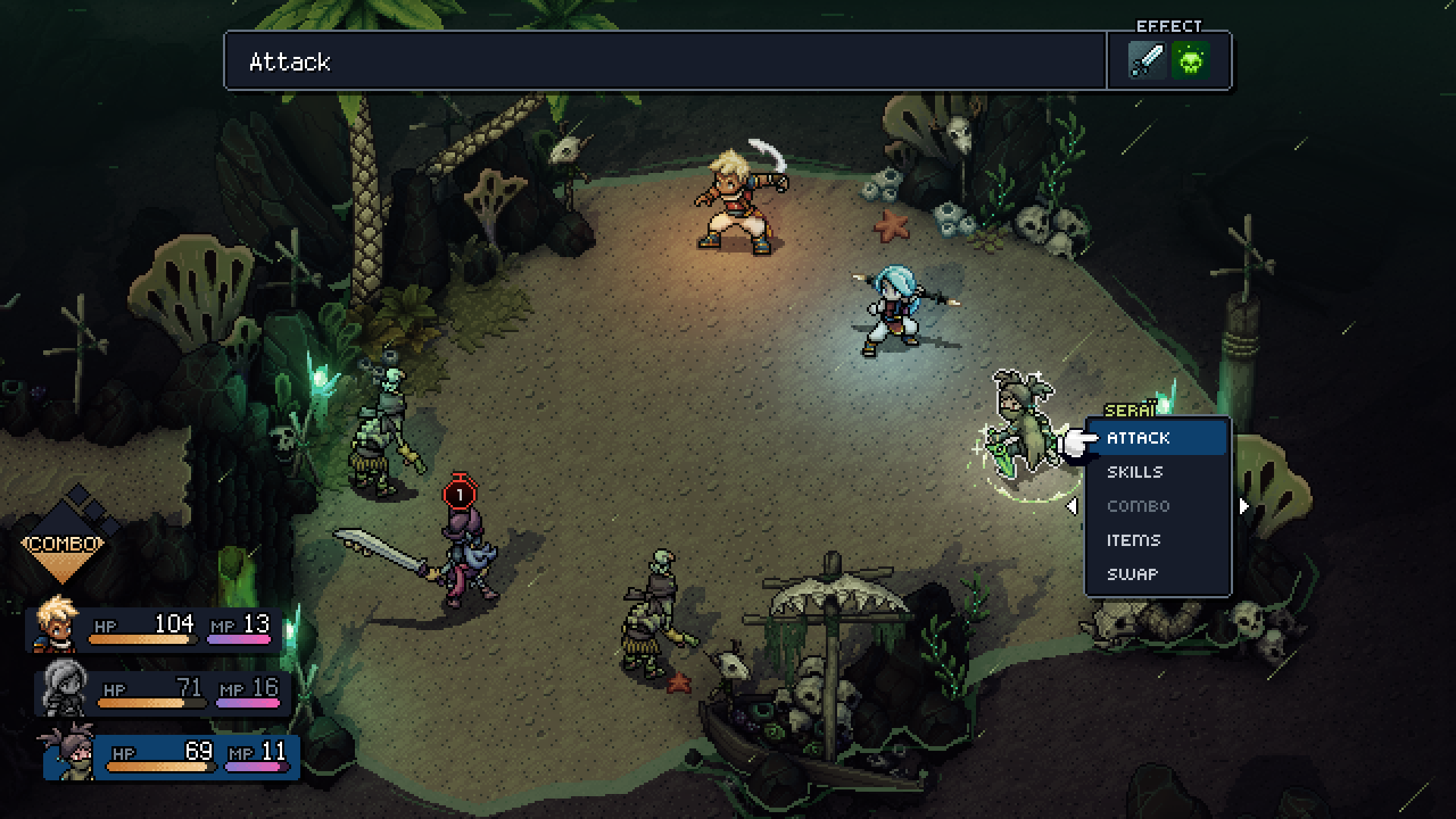
While I enjoyed Seas of Stars’ story, I did find that the dialogue writing was a little all over the place. A lot of the early jokes fall flat for me, with some being outright cringe-inducing, though as the game progressed the jokes became few and far between, and landed with more consistency when they did show up. Emotional moments, on the other hand, felt much more sincere throughout the adventure. Heavy story beats and reveals were well written, and the characterization and character development was consistent and satisfying throughout. Only one thing took me out of a few of the more serious moments of the game, and that was some of the facial expressions shown in character portraits during more emotional scenes – as gorgeous as Sea of Stars’ pixel art is, the character portraits had a tendency to look a bit goofy, especially when showing any sort of serious emotion.
Gameplay
Sea of Stars offers a refreshing and modern take on the turn-based combat formula, offering a great level of interactivity that allows you to freely choose the order in which party members act, and easily switch between active party members and those on the backline with little to no downsides. Combat is also livened by the inclusion of bonuses related to timed button presses – pressing the A button as your basic attacks connect will lead to extra hits and more damage, while pressing the A button as your foe’s attacks connect will lead to a simple guard that will reduce the damage done to you. Certain skills can also be greatly extended by timed button presses, leading to big damage across a group of enemies. I was a big fan of watching Valere’s Moonerang bounce between enemy after enemy for 25+ hits simply by timing presses of the A button to each hit.
Another nifty combat feature are Locks, which appear in various amounts above the heads of your enemies as they charge particularly powerful attacks. In order to break the Locks and stop the attack, you’ll need to hit the enemy with matching elements or weapon types. This can turn parts of battles into what feels like a puzzle, requiring you to deduce the best order to have your party make their moves in, as well as making sure you get a few timed hits in to break multiple Locks in one go. Early on in the game I felt that Locks were the just the smallest bit disheartening to deal with, as there were a few that I felt I hadn’t planned well enough for, or just wasn’t meant to figure out at all, and just had to accept that I wasn’t going to be able to stop the coming attack. However, as the game progressed and I got better at planning out my combat and had more options available to me, Locks became a fun puzzle that I enjoyed working through in order to keep my party alive longer, especially during tough boss fights.
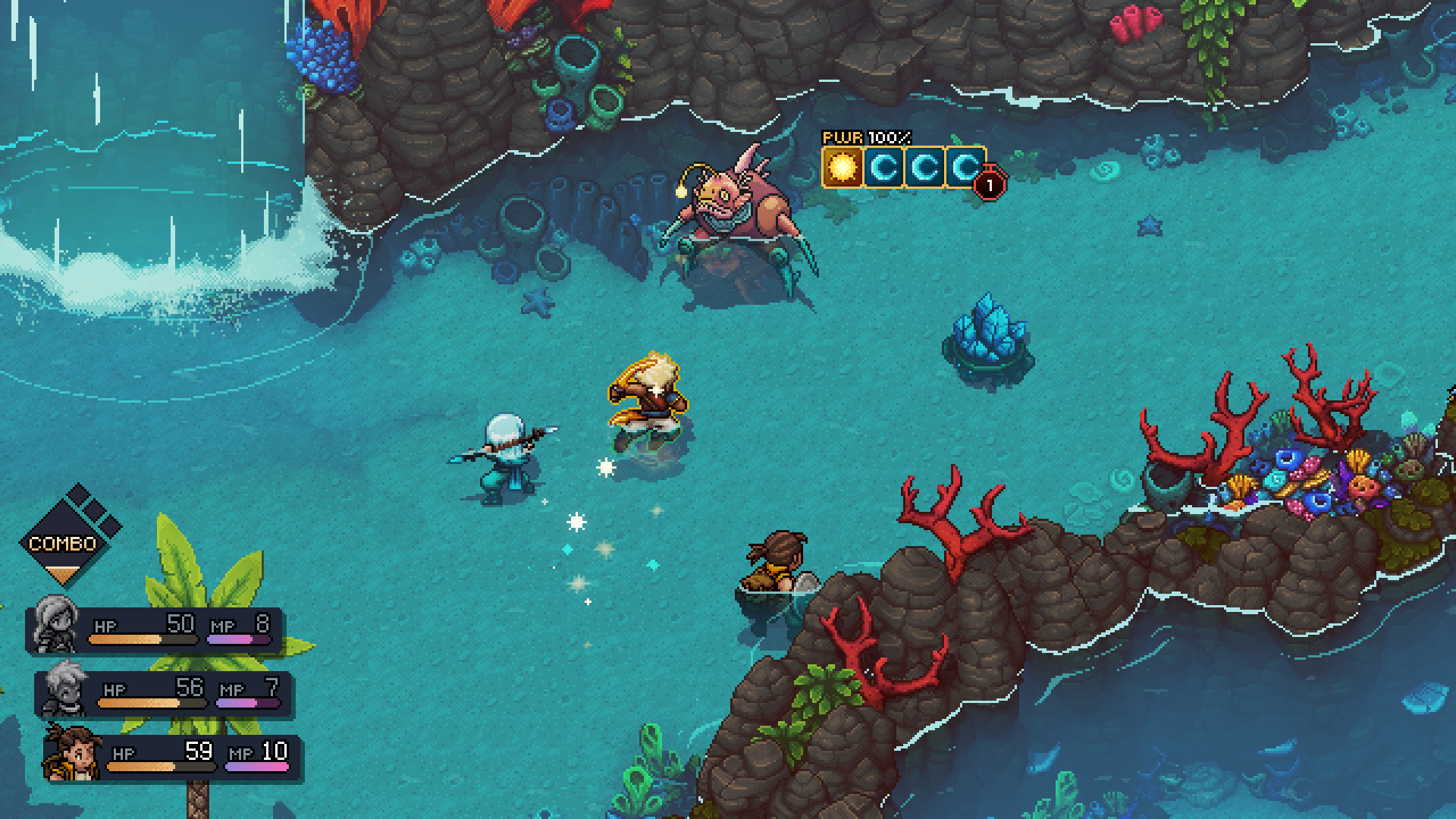
Outside of combat, I found myself falling head over heels in love with the exploration and terrain traversal in Sea of Stars. I was surprised at just how free the movement was early on, I could go just about anywhere and it made the exploration feel very natural and exciting, and my abilities only grew as I continued to play. It seemed that as soon as obstacles started to pop up that limited my movement, a new mechanic was quickly introduced that expanded my traversal abilities in ways I hadn’t expected to see in an RPG. Moving from place to place and solving puzzles was never a bore and was almost always fresh and fluid.
With traversal being so free and easy, it’s no wonder that the dungeon/area exploration followed suit. No one area ever outstayed its welcome, and this helped the game move along at a pretty quick pace while still making me feel like I was accomplishing a lot. Exploration never felt overwhelming, and even though there are a good amount of collectibles and side-quest items that are well hidden off the beaten path, they’re usually not too hard to find. Going out of your way to find everything never feels like a waste of time, and you’re often rewarded well for your effort. Even when taking your time to finish side quests and find collectibles, Sea of Stars moves at a refreshingly brisk pace for an RPG and it absolutely works in its favor. Sabotage managed to fit a ton of game into a small amount of time and the game itself feels better for it.
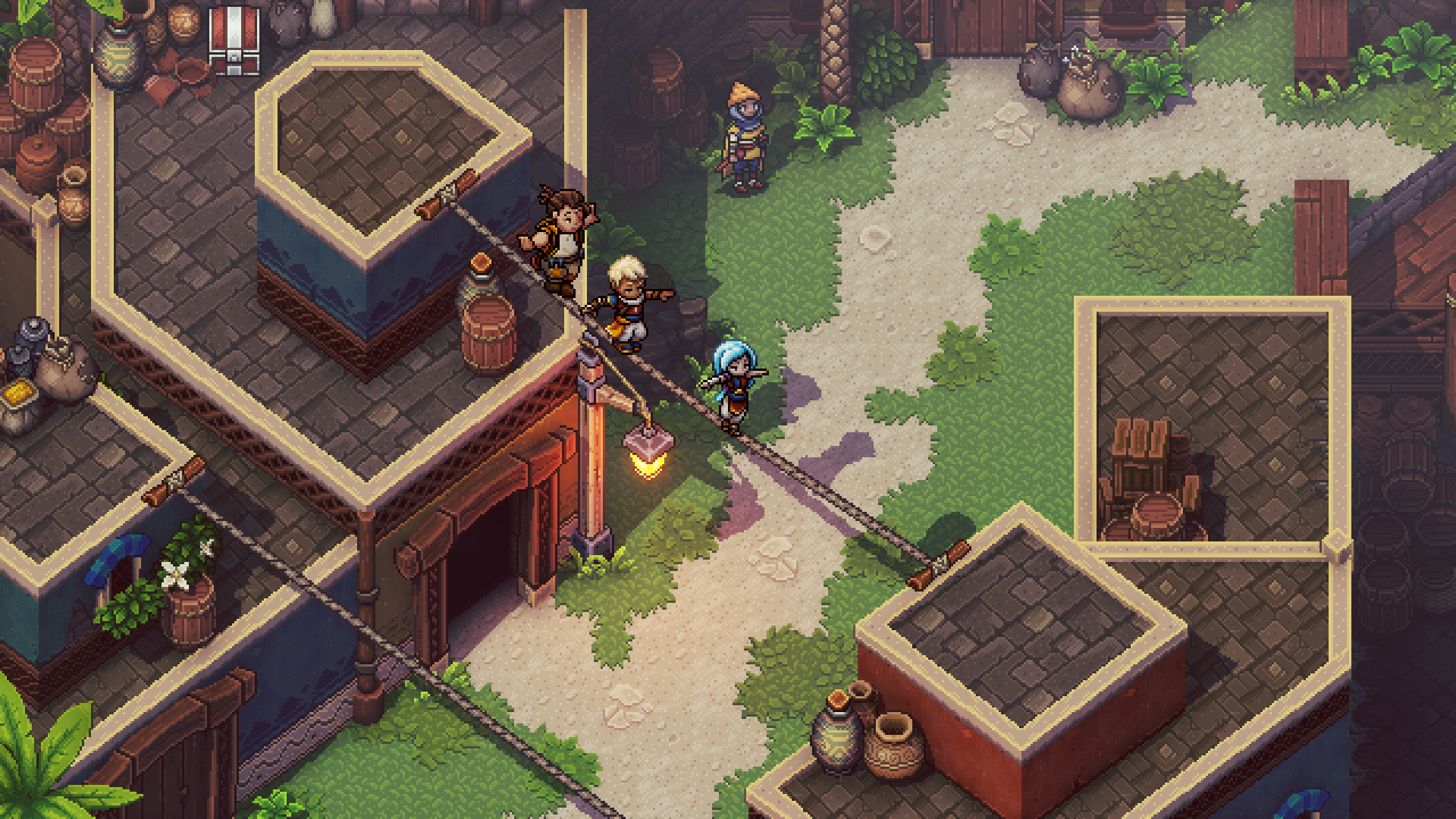
One last, beautiful tweak that Sabotage Studio has made to the RPG formula is the inclusion of Relics, items you can collect that alter aspects of the game itself, either to make the game a little easier, a little harder, or just to make it more comfortable to play in general. The Relics allow players to decide exactly how they’ll get to enjoy their own gameplay experience, which is something more games should allow for. Remember, games are supposed to be fun for whoever is playing them.
Switch Performance
My experience playing Sea of Stars on the Switch was nothing short of fantastic. The frame rate is steady, and the loading times are relatively quick. The pixel art is gorgeous in both docked and handheld modes, and the dynamic lighting associated with different times of the day adds a great depth to each area. The bottom line is that, by and large, Sea of Stars looks great and the Switch doesn’t hinder that in the slightest.
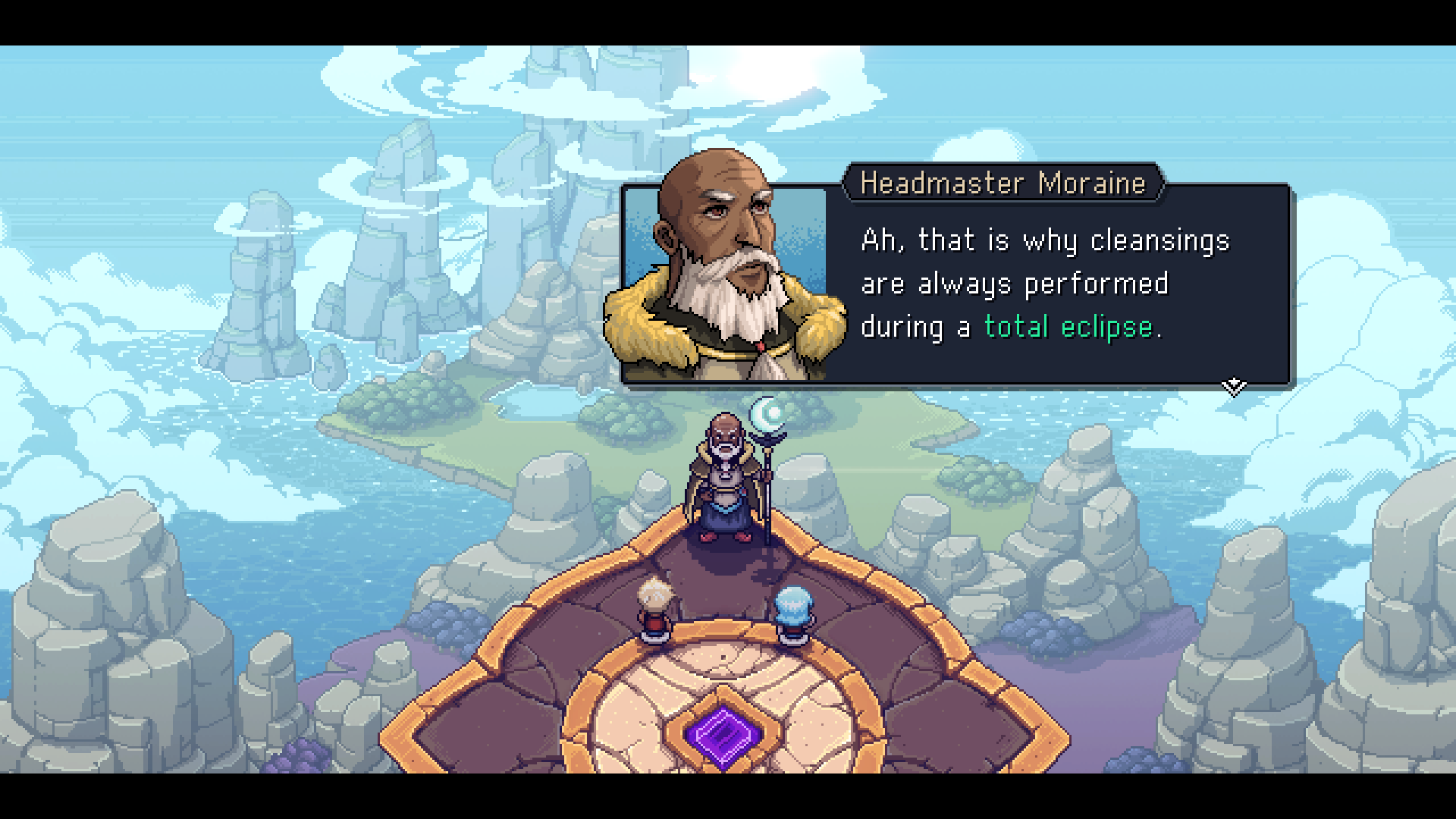
Outro
It’s tempting to call Sea of Stars a “love letter” to the RPGs of days gone by, but I feel that reducing its identity to that of a loving reference doesn’t tell the whole story. Sabotage has done a masterful job making Sea of Stars wholly its own experience – informed by the greats that came before it, yes, but the way it builds upon the past never feels like it’s leaning too heavily on referencing or paying homage to any one title. The brilliance of Sea of Stars is that it’s made up of the facets of the countless RPGs that came before it but also shines with a light all its own. It stands equal alongside many of the RPG greats of the past, and its modern take on the genre should have RPG fans the world over looking forward to playing it.
Leave a Comment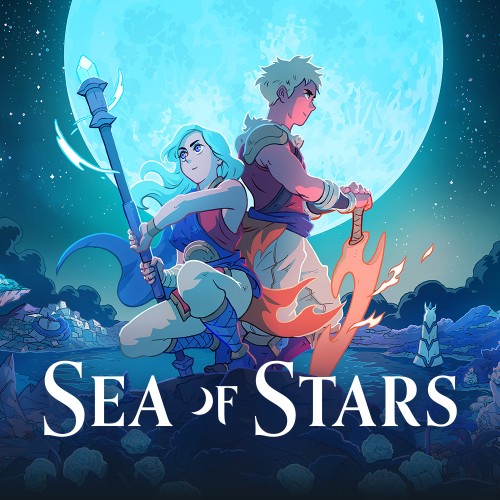
System: Nintendo Switch
Release Date: August 29, 2023
Categories: RPG
Publisher: Sabotage Studio
Developer: Sabotage Studio

